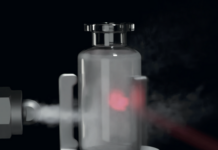
Founded in 1961, IMA is a world leader in the planning and production of automated machines for manufacturing processes and packaging of cosmetic, pharmaceutical, food, tea and coffee products.
The Group’s strength resides in its profound know-how and skills in providing entire packaging lines which has been an advantage in helping IMA gain even more terrain in a sector that is as varied and complex as that of cosmetics.
Cosmopolo interviewed Gianluca Ferriani, Sales Dept./ Key Account Manager, IMA Safe division and Davide Venturi, Sales Manager for BFB Cosmetic & Toiletries.
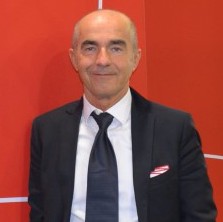
IMA is a key player in the market when it comes to automation at the international level. How did you arrive here?
Gianluca Ferriani, Sales Dept./ Key Account Manager, divisione IMA Safe.
Thanks to significant investments in R&D (the IMA group holds over 1700 patents), to a constant and constructive dialogue with end-users in relevant sectors, with the aim of growing internationally and conquering new markets.
Why did IMA choose to enter the cosmetic market?
GF To grow. Cosmetics as a sector is in many ways similar to the pharmaceutical world that we know extremely well at this point, it’s a market with enormous potential and IMA, thanks to its network throughout the world, can serve clients in 80 different countries: Europe, USA, the Orient, the Middle East, and South Africa…
What are the assets of IMA?
GF The ability to provide a complete line of advanced solutions is surely among the strengths of the IMA Group. We provide solutions that range from filling to secondary packaging. In other words: assembly, labelling, packaging and wrapping, to then arrive at the last phase which is the equipment packing.
Not only. Our offerings are constantly growing with new models, technical solutions, and technology that is increasingly more sophisticated.
Another key element is our high level of flexibility combined with immense technical and commercial experience (in 2021 the company will celebrate its first 60 years in business), two elements that allow us to satisfy the needs of each client with custom solutions.
Our presence in the world is extensive and for IMA, exports represent around 90% of its revenue.
We have 29 international branches with sales and assistance services. We have there a team dedicated to commercial development and technicians that carry out installation, start up, maintenance, and emergency assistance. We’re talking about 2400 employees, equal to more than a third of our entire workforce worldwide.
How does the development of a project unfold?
GF Following a series of meetings with the client, a team composed of specialists creates an outline based on the project’s specificities in terms of timelines, performance, and final presentation of the product.
Upon completion of the specifications, the project is then handed over to a project manager who, together with available resources, draws up a Gantt chart and organizes weekly meetings to check the progress of the work.
The client is involved right from the planning phase to be able to share in what will be the final technical solution.
One of the characteristics that differentiates IMA from other suppliers is, as previously emphasized, its ability to supply complete lines with an advantage for the client of only having to deal with a singular partner and thus forth avoiding grey zones in responsibilities linked to supply limits.
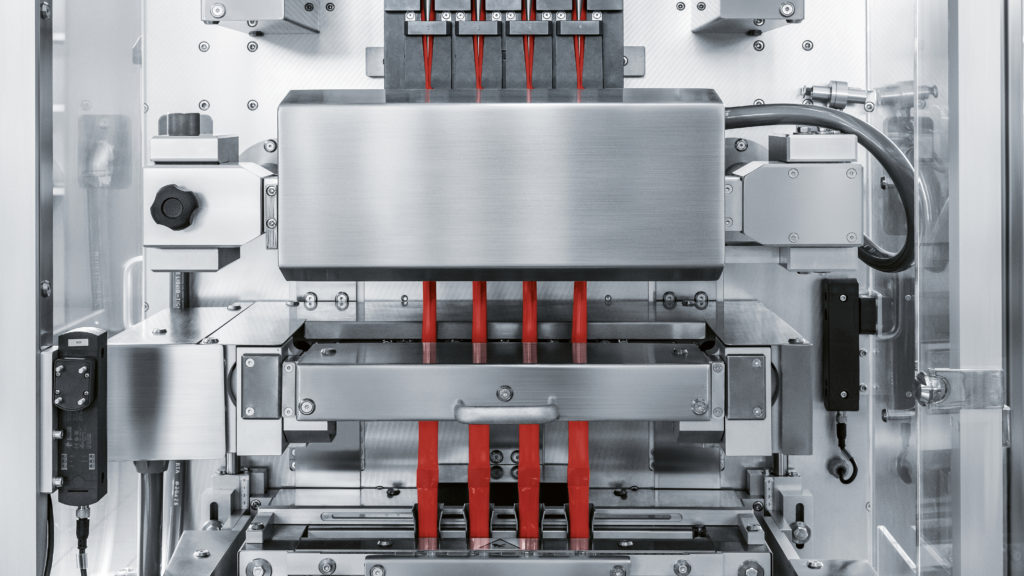
Is it true that you’ve started a digitalization process?
GF Yes! It will include various projects linked to the concept of Industry 4.0 among which is the realization of smart machines and smart factory systems.
The project was started in 2016 and over the next few years, will see IMA undertaking a precise development path. In general, the IMA strategy anticipates that from creation, interpretation, and utilization of production data along the entire supply chain. In addition, it will be possible to create value by sharing knowledge with its customers, resulting in a “win-win” strategy.
The key element that provides the backbone of these analyses is the production of so-called “smart machines” for the development of digital platforms dedicated to increasing efficiency of production and to real-time remote support with an ample range of devices such as tablets, smart devices, notebooks etc.
It’s important not to forget the fundamental part linked to the training and constant professional development of the technicians that work with the clients, also in this phase they will be supported by 4.0 services allowing for improvement and learning curve.
With regards to sustainable innovation, the market is continually more focused on not only mono-use packaging for liquids, but also sachets and stick-packs. What’s IMA’s position on this?
GF Obviously IMA is concerned about this issue and invests in sustainable innovation, continually adopting solutions that reduce the environmental impact of its products and offering packaging solutions that are innovative and eco-compatible with the end goal of decreasing the impact that plastic components have on the environment.
In fact, two years ago, we invested in this sector by purchasing Perfect Pack in Rimini. It’s a company specialized in the sector and a world-leader for 4-side-seal sachets and stick-packs.
Let’s move on to the specifics about secondary packaging. What are the most requested machines in the cosmetic sector?
Davide Venturi, Sales Manager BFB Cosmetic & Toiletries
Cartoning machines, wrapping machines, and case packers represent a huge percentage of what we supply to the cosmetic and toiletry markets.
Palletization also makes up an important share, especially in Europe and the USA where the cost of manual labor or the production speed requested justify the introduction of automated and automatic solutions even for operations that are relatively simple.
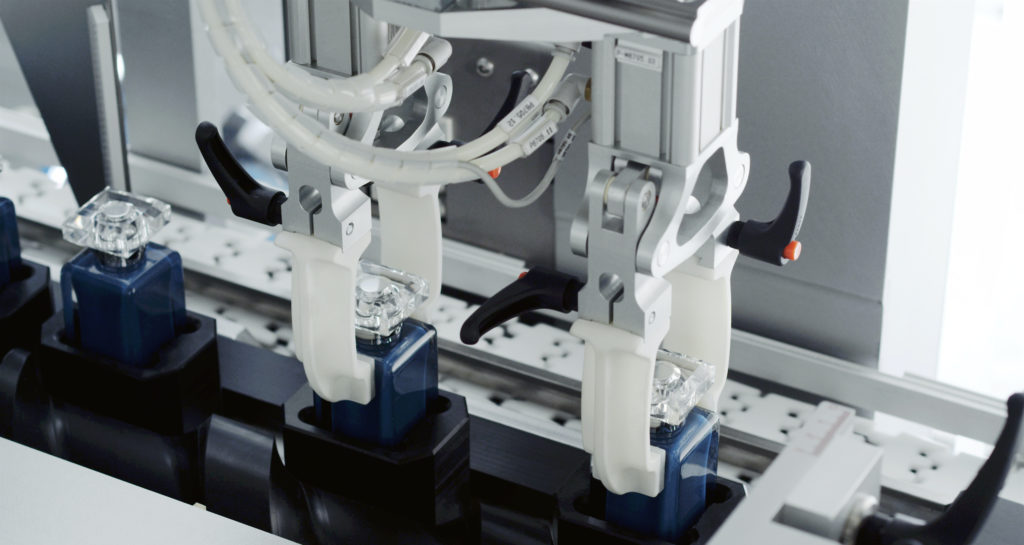
Speaking about the aesthetics of cosmetics packaging, why is it so important?
DV The look of cosmetics packaging is a fundamental aspect for the client and for the final consumer: we’re talking about the quality of the sealing of the carton, it mustn’t show signs of scratches or creases, at times even barely visible.
The film (a plastic or paper material) must not compromise the characteristics of the packaging, it needs to preserve its quality and even be able to emphasize its aesthetical appeal.

What are the distinctive characteristics of IMA machines?
DV Certainly the compact dimensions, accessibility, and format change.
The solutions offered stand out because of their “balcony style” design that make them more easily accessible by operators during maintenance, cleaning, and format change which is notable for its tool-free execution which means without accessory keys, allowing it to be done in minimal time.
Another characteristic of our solutions is the ability to work with environmentally-friendly materials as an alternative to the plastic materials traditionally used for packaging.
Let’s talk about personal care or toiletry, the sector specifically linked to the packaging of toothpastes or soaps…How do these fit into what you offer?
DV We have solutions specifically developed for these applications like, for example, one of our best-sellers, the 3705 model. It’s a machine that can reach up to 300 bundles per minute working with soap packs and is able to manage up to 600 packs, a prerogative of the sector linked to soaps with high-speed lines.
Other solutions are available to complete lines for toothpaste packaging for which IMA offers everything from tube-filling machines to palletizers.
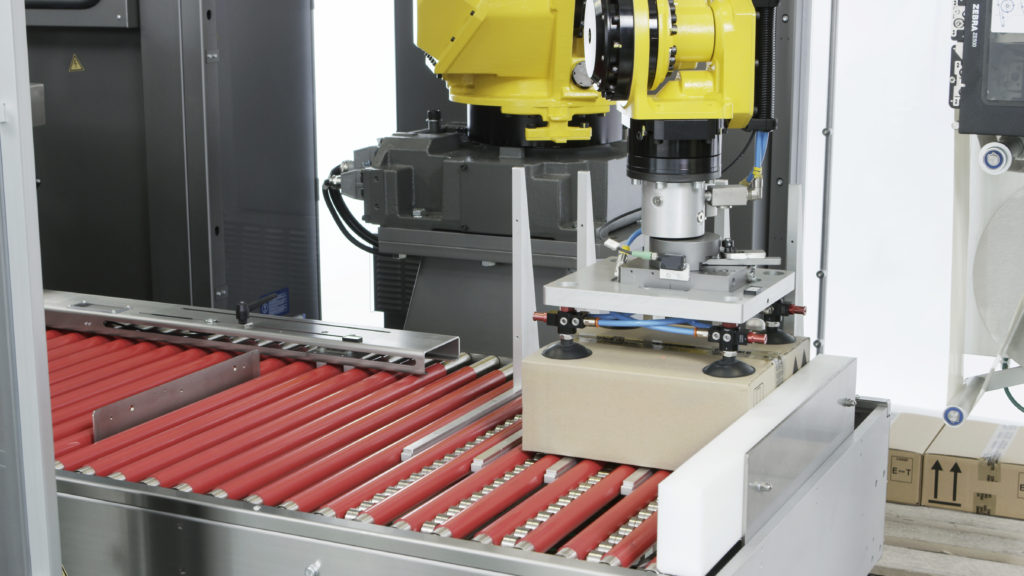
Going through the range of products and getting closer to the final part of the packaging process, what does IMA offer?
DV We’d be talking about products that by now for us are very established with an ample range of offerings that goes from simple side-loading case packers all the way to the most advanced technological models with robotic feeding and top-loading.
The peculiar characteristics that set our machines apart are as usual, a compact footprint and a vast variety of models available based on requested speed in a range that goes from 10 to 50 cases per minutes.
Depending on required speed, we offer “monobloc” or “modular” solutions.
The monobloc ones are case packers in which all the operations of case forming, product feeding, and closure of the case happen within the same structure, managed by one control unit.
Instead, in the case of modular solutions, operations are divided into three different modules. These are specific models that would be offered when the feeding speed requested by the client is over 50 cases per minute.
What are the characteristics of your case packing machines? Is it true that they can work with different types of cases?
DV Yes, it’s true. Our range of case packers allows us to offer solutions to requests for the “classic” RSC cases, wrap-around cases, and last but not least, we can also work with trays and covers.
What are the advantages in using automated systems that are so advanced?
DV There’re many advantages… Having machines like this in production increases the efficiency of the line. In specific, as an example, there are two huge advantages to using case packers prepared for an automatic format change: time reduction and elimination of human error.

Can these solutions be implemented with systems or software that grant the traceability of the products?
DV As previously touched on by my colleague GF, for some time already IMA has been working towards the implementation of these systems that by now, are basically essential to our machines, by incorporating improvements derived from continuous feedback we receive from our customers and from constantly evolving regulations.
We have certainly been helped with this from the experience gained from our start and years of development in the pharmaceutical sector which the cosmetics sector is quickly conforming to in order to avoid counterfeiting and parallel markets.
Not only. A strength of IMA, as already mentioned, is its partnerships with leading companies in the sector, able to manage the serialization process starting from the labeling of a single product to collectively in cases, and finally pallets.




